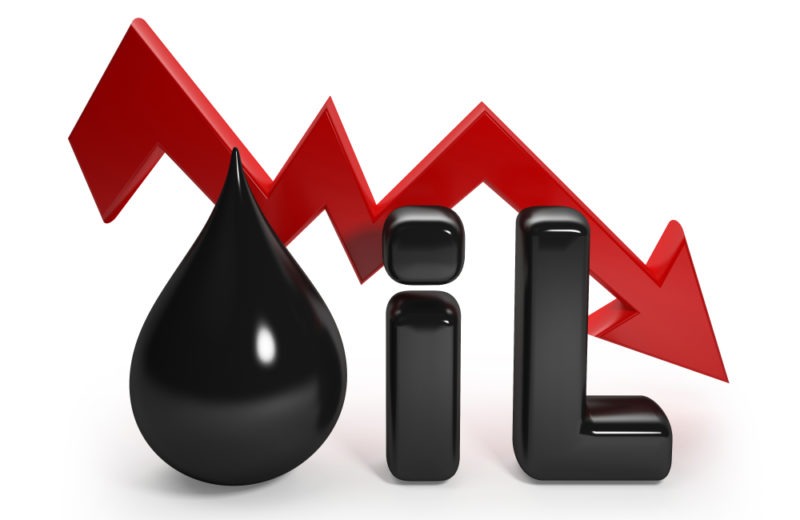Key Points
- January 2024 witnessed OPEC+ crude output fall by 340,000 barrels per day (b/d), the largest decline in six months.
- Despite this reduction, the drop was less than the pledged 700,000 b/d cuts for Q1 2024.
- Notable decreases came from Kuwait and Iraq, while the UAE saw increased production.
- Overall, OPEC+ compliance with voluntary cuts begins, with Saudi Arabia maintaining a significant reduction.
- Market dynamics shift as non-OPEC countries ramp up production amidst fluctuating oil prices.
January 2024 marked a pivotal moment for the oil markets as OPEC+ crude output experienced its most significant decline in six months, dropping by 340,000 barrels per day (b/d). This decrease, sparked by voluntary production cuts and unforeseen disruptions—notably in Libya—underscores the coalition’s ongoing struggle to balance global oil supply with fluctuating demand. Despite the substantial reduction, the decline fell short of the ambitious 700,000 b/d cut that OPEC+ members had committed to for the first quarter of 2024.
310K b/d Decline in OPEC, Russia Slips 30K b/d
The 12 countries of OPEC collectively reduced production by 310,000 b/d, resulting in an output of 26.49 million b/d. This was a significant dip from December’s figure of 26.80 million b/d. Meanwhile, Russia and its allies reported a modest decline of 30,000 b/d, bringing their production down to 14.72 million b/d. Within this broad framework, individual countries presented mixed results. Libya’s significant drop due to the Sharara oil field’s shutdown contrasted with the UAE’s production increase of 50,000 b/d. Kuwait and Iraq reported notable reductions of 100,000 b/d and 80,000 b/d, respectively. On the other hand, Saudi Arabia continued its rigorous compliance, maintaining a voluntary cut of 1 million b/d, just below its target.
Market Shifts: Non-OPEC Ups Production Amid Volatility
The January production cut signals a potential shift in OPEC+’s market share as non-OPEC countries ramp up their output. The juxtaposition of voluntary cuts within OPEC+ and increasing production elsewhere introduces a complex dynamic that could reshape market equilibriums.
Moreover, the fluctuating crude oil prices, with Dated Brent assessed at $81.69/b on February 7 after a significant rise in previous months, reflect the market’s sensitivity to supply adjustments and economic indicators. Consequently, OPEC+ strives for balance, supporting prices amid pressures from non-OPEC producers and economic uncertainties, highlighting the ongoing volatility.
As OPEC+ navigates these challenges, the coalition’s actions will remain a critical focal point for market observers, with implications for pricing, supply dynamics, and the broader energy landscape in 2024 and beyond.
















